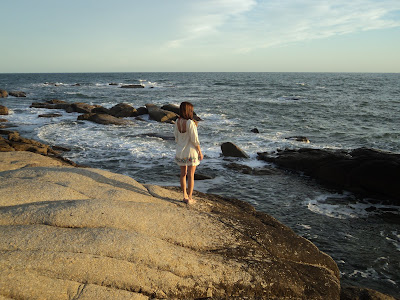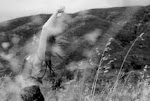Mendoza, Argentina - One of the eight World Wine Capitals of the worldMendoza is an oasis at the feet the Andes Mountain Range, the highest of America.
The imposing hills, sun, plentiful rivers, and fertile lands give birth to Argentina's
famed wine with Malbec as the signature grape.
When it comes to relaxation and activities, Mendoza has a world to offer: outdoor
adventures such as horseback riding, mountain climbing, skiing, 4x4
crossing, rafting, vinotherapy spa treatments, etc. There is also a
rich cultural scene with theaters, museums and art galleries.
Other options include international cuisine and regional specialties, and of course wine - the trademark of this city.
Engage in planting, harvesting and making wine. Personalized
circuits have been conceived to share locals' passion for the vineyards, wineries,
restaurants, wine lodges and most importantly the visitors!
So let's see some of the vineyards that I like (of course there are many more) and why I like them:
O. Fournier

Photo courtesy: O. FournierO'Fournier is a winery located in the beautiful Uco Valley. The Spanish
family Ortega Gil-Fournier, established their dramatic and innovative
winery at the turn of the millennium. This architectural wonder has been
designed to work with gravity to minimize the use of pumps, and its
underground cellar holds up to 2,800 oak barrels at a constant
temperature and humidity. Their state-of-the-art laboratory has
micro-vinification capabilities.
The vineyard produces remarkable Tempranillos, and a blend of
Cabernet-Malbec-Tempranillo. The chef of the restaurant at the
winery, awaits with her signature fusion-cuisine, while the
wine-maker explains to us how to do the wine- paring with their
awarded wines, including their top wine A Crux, B Crux and Urbano.
Vistalba

Photo courtesy: VistalbaCarlos Pulenta’s winery is another must visit. Carlos is a direct descendant
of the Pulenta lineage of winemakers. His Vistalba winery is a model
establishment and an architectural jewel: a product- focused
facility aimed at maximizing the quality of his wines in a stark, modern, understated building surrounded by 120 acres of vineyards.
All grapes are picked and sorted by hand, and each barrel and
bottle is carefully tracked throughout the production processes.

At Vistalba we can always enjoy a splendid lunch surrounded by the
Vineyards at La Bourgogne, the winery's sleek restaurant run by chef
Jean Paul Boundoux, considered by the Great Wine Capitals organization
as one of “The World's Best Restaurant Inside a Vineyard”.
Salentein

Salentein winery is located in the mountains between a sea of vineyards.
The magnificent bodega, designed for both form and function in the shape
of a cross, allows for customized gentle handling of the grapes,
reducing the distance wine needs to be moved between winemaking steps.
Each of the wings is a small winery with two levels- a ground level
that houses stainless steel tanks and French wooden vats for fermentation
and storage, and an underground level for aging wine in oak casks.
The two levels allow wine to flow from the tanks to the barrels by a
traditional gravity transfer system. The four wings converge in a
circular central chamber, which resembles an amphitheater that was
inspired by ancient classical temples. A visit to the Killka Art Gallery,
with More than 100 works of famed Argentinian artists such as Nicolás García
Uriburu, Carlos Alonso or Marta Minujin is a must. Your experience here is not
over without an exquisite lunch at Killka's restaurant.
Catena Zapata

Catena Zapata winery has pioneered modern vinification techniques
and high altitude viticulture in Mendoza, helping to bring Argentine
wines, particularly those made with the Malbec grape, worldwide
recognition. The bodega has passed through four generations who
have inherited the wine-making passion. Located in the town of
Agrelo, with Mayan-inspired architecture and technology.
Trapiche
 Photo courtesy: Trapiche
Photo courtesy: Trapiche
Trapiche, located in the Maipú area is surrounded by stunning
natural landscapes, and a Florentine- style building. This is
one of Argentina’s biggest wine brands, their medium–bodied reds
are highly desired by local and international wine-lovers.
The people at the bodega are welcoming and generous with their
knowledge.
Have you been to any of these bodegas? others? which ones did you like the most?
x Mich






















































